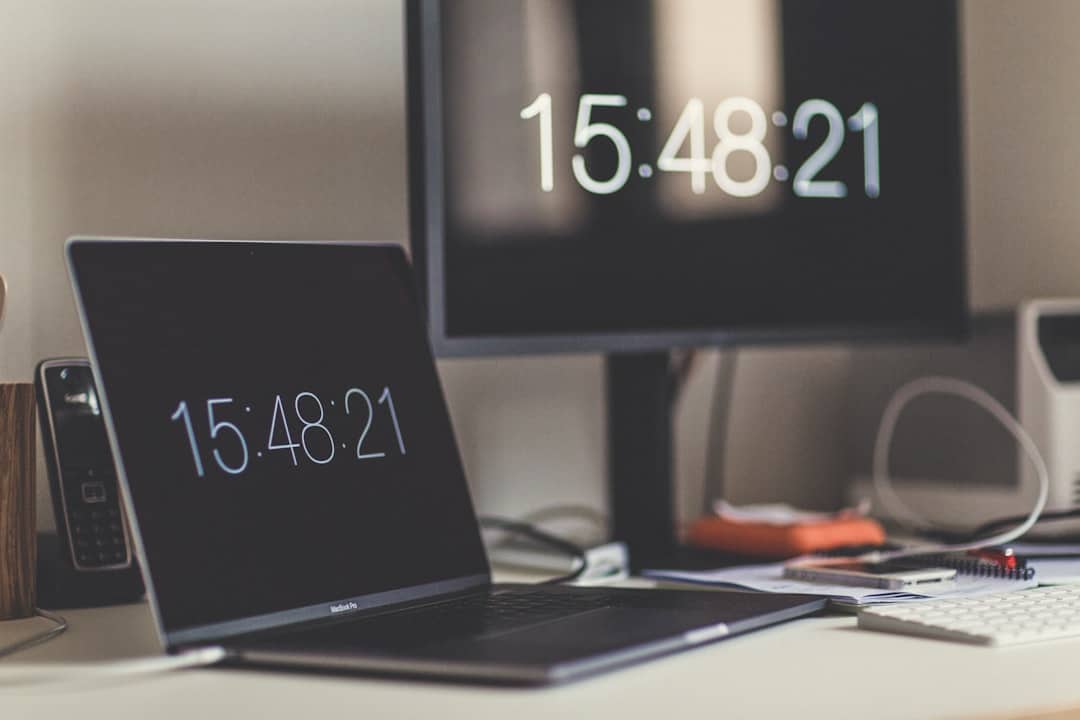
Mobile Hotspot Not Functioning in Windows 11
Mobile hotspots serve as a critical connectivity solution, especially in situations where traditional internet access is unavailable. However, users have increasingly reported issues with the mobile hotspot feature not functioning correctly on Windows 11. If you’re facing difficulties sharing your internet connection from your Windows 11 PC, you’re not alone. This article explores the most common causes of mobile hotspot failure and provides reliable solutions.
Whether you’re working remotely, tethering a laptop during travel, or simply sharing your connection with another device, understanding why the feature might fail to operate is essential. Knowing what to troubleshoot can save time and ensure consistent connectivity when you need it most.
Common Reasons Why Windows 11 Mobile Hotspot May Not Work
Several potential culprits can prevent the mobile hotspot feature from working properly in Windows 11. These include:
- Outdated network drivers: Devices with outdated or corrupted network drivers may fail to broadcast a hotspot signal.
- Disabled network sharing settings: If the correct sharing permissions aren’t configured, your hotspot won’t transmit data.
- Incompatible hardware: Some older Wi-Fi adapters do not support hotspot or hosted network functionalities.
- Third-party security software: Antivirus or firewall programs may block hotspot services or necessary ports.
- System glitches after Windows updates: Occasionally, new software patches can introduce bugs affecting hotspot performance.

How to Fix Mobile Hotspot Issues in Windows 11
If you’re encountering difficulties, follow these trustworthy steps to identify and solve the problem:
1. Ensure Network Adapter Supports Hotspot
Check if your wireless adapter supports hosted networks:
- Press Windows + R, type cmd, and press Enter.
- Type netsh wlan show drivers and hit Enter.
- Look for the line that reads “Hosted network supported”. If it says No, your hardware may not work with the hotspot feature.
2. Update Network Drivers
Keeping your drivers up to date is essential. To update:
- Right-click the Start button and select Device Manager.
- Expand the Network adapters section.
- Right-click your Wi-Fi adapter and select Update driver.
- Choose Search automatically for drivers.
3. Restart the Mobile Hotspot Service
Services related to networking may need to be restarted:
- Open the Services window by typing services.msc in the Run dialog (Windows + R).
- Locate Windows Mobile Hotspot Service.
- Right-click and select Restart.
4. Allow Hotspot Through Firewall
Your firewall settings might be preventing the hotspot from working. To check:
- Open Windows Security.
- Go to Firewall & network protection > Allow an app through firewall.
- Ensure that Mobile Hotspot or Network Sharing is checked for both private and public networks.
5. Reset Network Settings
If all else fails, resetting your network settings may help:
- Go to Settings > Network & Internet > Advanced network settings.
- Click Network reset.
- Follow prompts to complete the reset and restart your PC.

Additional Tips for Stable Hotspot Usage
- Use Windows Troubleshooter: Navigate to Settings > System > Troubleshoot > Other troubleshooters and run the network troubleshooter.
- Configure Power Settings: Ensure your adapter isn’t being turned off to save power. In Device Manager, right-click your adapter, go to Properties > Power Management, and uncheck “Allow the computer to turn off this device to save power”.
- Avoid VPN conflicts: Some VPN applications interfere with hotspot functionality. Disable VPNs temporarily if needed.
Note: Running multiple network-related services or using modern sleep modes like Modern Standby might affect the hotspot. Disable background networking apps and ensure sleep settings aren’t interrupting functions.
Conclusion
While Windows 11 improves overall connectivity and security, it can also bring unexpected issues such as a non-functioning mobile hotspot. However, most problems are linked to outdated drivers, improper permissions, or system configuration issues. By methodically applying the steps above, users can diagnose and correct most issues on their own.
If problems persist despite all measures, it may be worth reaching out to Microsoft Support for deeper system diagnostics. In extreme cases, a clean install of Windows 11 may resolve underlying conflicts not fixed by updates or system resets.